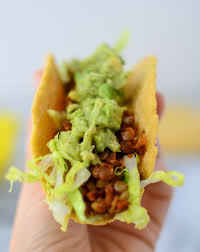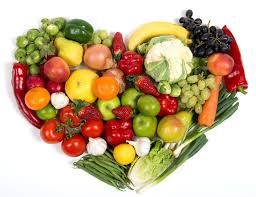How to Eat More Grains Including Legumes, Vegetables, & Fruits Plus a Day’s Menu
Whey eat more grains including legumes, vegetables, & fruits?
We hear about the health benefits of plants on a daily basis. Why? Because the key to eating more healthy is to incorporate more of these plant-based foods into your daily routine. Plant-based means that your meals are based around eating plants or that the majority of the foods on your plate are plants. Plants can include anything from vegetables, fruits, nuts, legumes (including pulses which are dried peas, beans, garbanzos & lentils) and intact grains such as brown rice, oats, buckwheat, quinoa and millet.
Plant-based eating patterns have been associated with improved health outcomes including:
- Lower risk of obesity, diabetes, and blood pressure
- Reduced risk of heart disease & stroke
- Increased energy levels
- Increased longevity
- Improved quality of nutrition – increased intake of fiber, potassium, vitamin C, plant protein, folate, zinc, iron, and magnesium, and less fat and over all calories.
Eat less animals:
As you are adding more plants, you are naturally cutting back on animal products.
A number of scientific studies from the world’s most well respected research institutes show that consuming animal protein such as meat, pork, chicken, cheese, eggs, & milk can be directly harmful for us and is connected to many conditions such as cancer, heart disease, alzheimer’s, type 2 diabetes, gout, & all types of arthritis.
The practice of consuming a plant-based eating pattern can also benefit the environment. According to the Food and Agricultural Organization, livestock was estimated to contribute to 18 percent of greenhouse gas (GHG) emissions. Production of factory farmed animals also uses much water for example 518 gal/pound of chicken vs 46 gal/pound of sweet potato. Eating less factory farmed animals can help to reduce GHG and also helps with water conservation.
Pulses on the other hand use atmospheric N2 and utilize it for growth meaning it helps the environment to reduce GHG production.
So How do I do this? Small steps…..
Below is a day’s meal make-over
Breakfast—Add walnuts to the morning fiber cereal; try quinoa or cold oatmeal instead; swap out cow for plant milk: flax, almond/cashew etc.
Lunch—legume-tacoBean or lentil tacos:
Throw a cup beans or lentils into a corn tortilla or two (16 grams of protein per cup cooked, of fiber, folic acid, iron and potassium also good sources of manganese, magnesium, copper, riboflavin and vitamin B6).
Add diced tomatoes, onions, shredded red leaf lettuce and a little sliced avocado or olives and you have a complete tasty meal.
Dinner:
Extend your dish with vegetables; they are also nutrient powerhouses and add color and texture to your meals. Steam leafy greens such as kale, collards, bok choy or broccoli for good plant sources of calcium. Serve a smaller portion of chicken or turkey breast (lower in saturated fat) and make room for black beans or navy bean soup (home-made, of course). Start your meal off with a nice, large salad or veggie soup. You can also throw your other food groups onto your salad or into your veggie soup. How easy is that!
Enjoy your plant-based meals more often and consistently and enjoy the plant-based eating pattern benefits. Help yourself and the environment and eat more plant-based!

